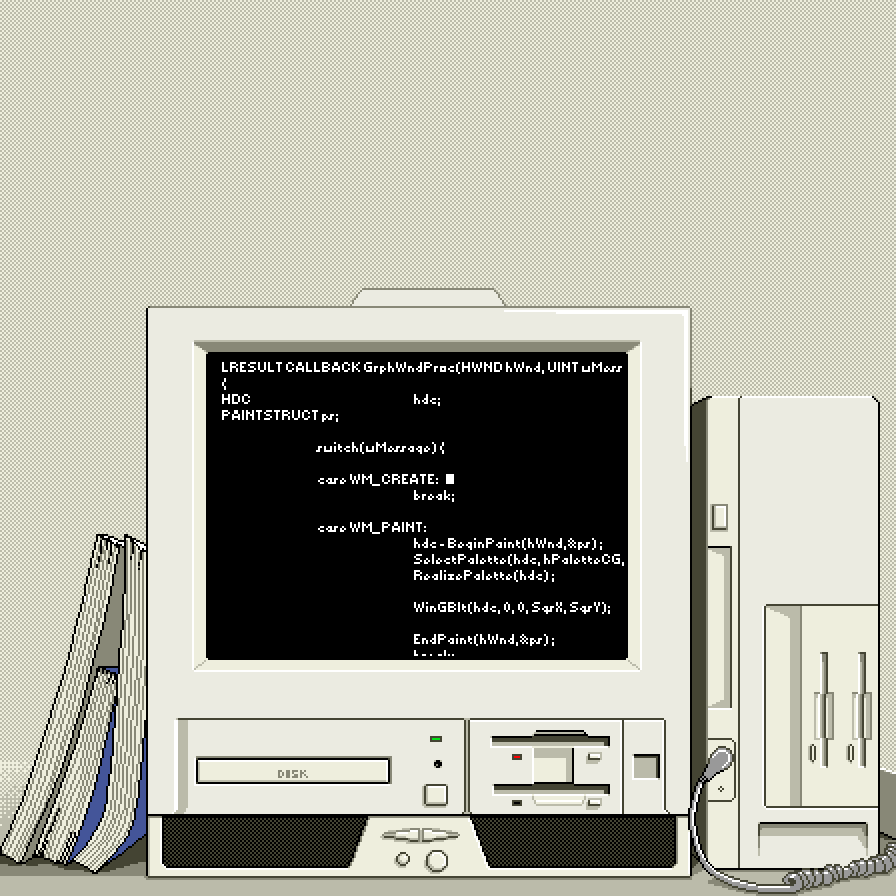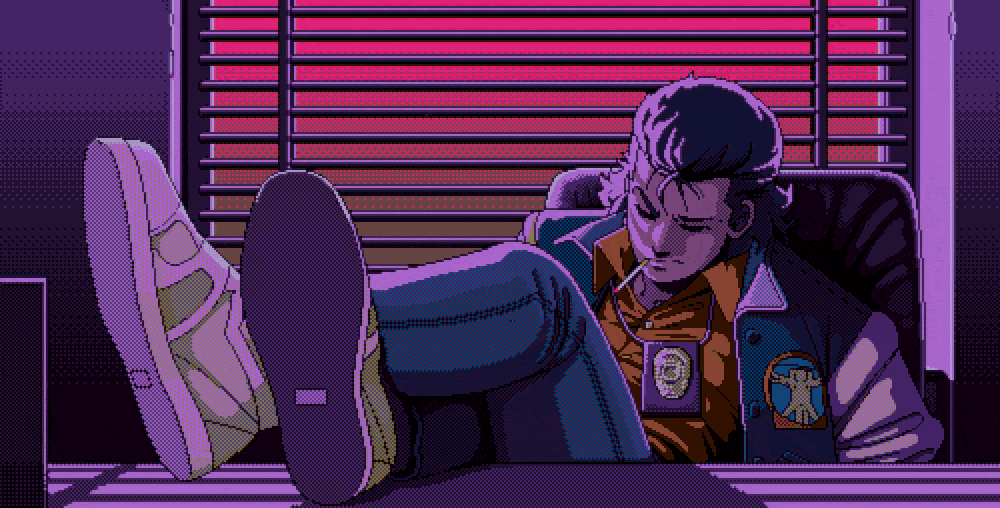Welcome to Read Only Memo, a twice-monthly digest on all things emulation. Here’s the short pitch:
What to expect from ROM
- The Big 2: Two noteworthy happenings in the emulation scene that I want you to know about
- A roundup of bite-sized news bits across emulation’s key topics: FPGA & MiSTer breakthroughs, big emu releases, game hacks & fan translations, new retro hardware
- Pretty pictures of old games
- A compact newsletter you can read in full faster than you drink a cup of coffee (please don’t chug your coffee to prove me wrong)
Why subscribe?
Typing in URLs can be hard work. Besides, it’s free! So just add your email below to receive Read Only Memo in your inbox. But I’d be just as happy if you came by this website every couple weeks. I made it nice and teal.
The slightly longer pitch
Read Only Memo is a way to keep up-to-date with the most exciting news from every corner of game emulation without spending tons of time following the dizzying number of exciting projects out there. That's my thing.
Don’t expect enormous walls of text every issue: the point of this newsletter is to serve up the news, breakthroughs and anecdotes that are truly worth your time, and then let you get on with your day inside of 15 minutes. You’ve got games to play. That said, sometimes a story is just too good and we'll go long — hopefully in those cases it's worth it!
Expect each issue to include a pair of top stories — the real juicy stuff — and a handful more tidbits that'll hopefully make for good trivia to toss out to your friends on Discord. One thing you'll get here you won't get anywhere else: added context from me, or the experts writing the code, on what the heck some really technical emulation nitty gritty actually means, and why it's a big deal.
Subscribe for free to get Read Only Memo in your inbox, or check back here every couple weeks to learn about a few cool things you didn’t know about.
Who am I, where am I, what are we doing here?

I’m Wes Fenlon — a senior editor at PC Gamer magazine, where I’ve worked since 2014. I’ve been writing about tech, games and the internet longer than that, at sites like 1UP (RIP), Tested and HowStuffWorks. And I’ve been tinkering with emulators since learning I could play Super Metroid in Snes9X in my high school computer lab. That was a very unproductive semester… but after more than a decade of writing about videogames, I think I can retroactively say I was tactically slacking off.
Back then I didn’t know how emulators worked, or how programming them was both art and science, a constant tug-of-war between performance and accuracy. They were just fun: magical boxes I'd drop a ROM into and watch a game appear. It really wasn’t until 2011, when I read emulator author Near’s article Accuracy takes power: one man’s 3GHz quest to build a perfect SNES emulator that I started appreciating emulation as more than a really fun way to play games in higher resolution on my PC. (4K Wind Waker, though? Still 🤯).
Emulation is still very much about fun for me — both the fun of playing games, and the fun of tinkering with them, to appreciate them anew with a widescreen hack or a fan's dedicated HD texture pack. But more than that, emulation is a vital tool for preserving game history. It’s a key that opened the door to ingenious romhacks like Kaizo Mario and fan-made translations of Japanese games never released in English. It’s the way publishers like Nintendo bring back their old games on new systems like the Switch. (It’s also the basis for a vibrant open source community full of programmers working for free that routinely beat official emulators at both performance and accuracy.)
If I had to name a single reason I'm forever eager to share stories about emulation, it's to tell as many people as I can about the heroes who dedicate themselves to the thankless cause of open source development. Their work ensures we get to play forever.
Thanks for reading Read Only Memo! Subscribe for free to receive new posts and support my work. 💽

